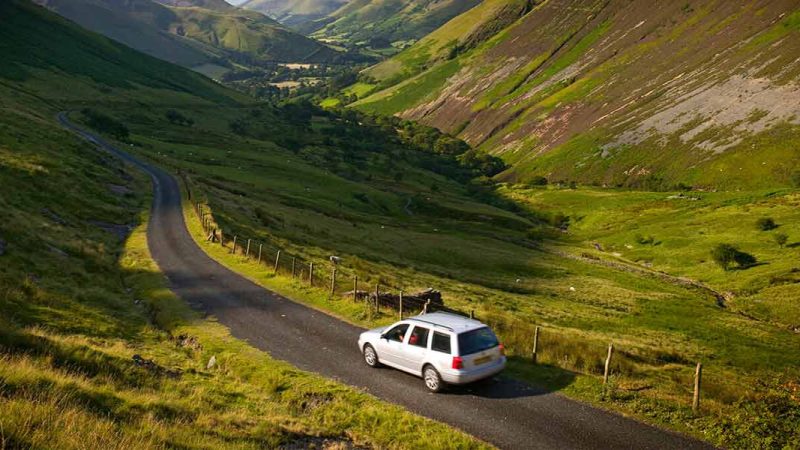If you’re curious about the Welsh Road, you’ll uncover more than just a route — you’ll find a journey through history, heritage, and some of the most breathtaking landscapes in the UK. Whether you’re referring to the historic Welsh drovers’ roads, scenic road trips through modern Wales, or the specific Welsh Road in England, this term carries both cultural and geographical significance.
In this guide, we explore the different meanings of Welsh Road, highlight key locations, and share tips for scenic travel routes across Wales and beyond.
What Is the Welsh Road?
The term Welsh Road can refer to:
- Historic Drovers’ Roads: Ancient paths used by Welsh farmers (drovers) to drive livestock to markets in England.
- Modern Scenic Roads in Wales: Iconic driving routes that showcase the country’s natural beauty.
- Welsh Road in England: A road in the Midlands named after these historic livestock trails.
Each version tells a story about trade, travel, and the deep connections between England and Wales.
The Historic Welsh Drovers’ Road
The original “Welsh Road” was part of a network of drovers’ routes used from the medieval period through the 19th century. Farmers walked sheep and cattle from rural Wales to English markets, such as London, Birmingham, and Smithfield.
Key Facts:
- The routes avoided toll roads and cities
- Inns and drovers’ rest stops developed along the way
- The main route passed through Montgomeryshire, Shropshire, and Warwickshire
- Some roads were known as “Welsh Way” or “Welsh Lane”
One of the most notable remnants is the Welsh Road near Southam, Warwickshire, believed to follow part of the ancient route to London.
Welsh Road as a Scenic Driving Route
If you’re looking to drive through Wales, the term Welsh road trip is commonly used to describe journeys along A-roads, mountain passes, and coastal routes.
Top Scenic Roads in Wales:
| Road Name | Highlights |
| A470 – Cardiff to Conwy | Mountains, valleys, Snowdonia views |
| A5 – Holyhead to Shrewsbury | Follows Roman route, dramatic scenery |
| B4574 – Elan Valley road | Known as one of Britain’s best drives |
| A4069 – Black Mountain Pass | Hairpin bends, sweeping vistas |
| A487 – West Coast route | Coastal towns and sea cliffs |
Tip: Plan stops in places like Brecon Beacons, Snowdonia, Aberystwyth, and Betws-y-Coed for the full experience.
Welsh Road in England
In addition to its historic context, Welsh Road is the actual name of streets and lanes in places like:
- Southam, Warwickshire
- Banbury area
- Northamptonshire villages
These names honor the drovers’ paths and keep their legacy alive in England’s road system. You may spot road signs, pubs like “The Drover’s Rest,” or plaques marking the ancient way.
Conclusion
Whether you’re delving into British history, planning a scenic Welsh road trip, or walking in the footsteps of ancient drovers, the Welsh Road offers a unique connection to the past and present. It’s a route steeped in tradition — and still alive today in the winding roads, quiet lanes, and picturesque views of the Welsh countryside.
Ready to explore? Pack your walking boots or fuel up your car — the Welsh Road awaits.
FAQs
1. What was the purpose of the original Welsh Road?
It was used by Welsh drovers to herd livestock to English markets between the 14th and 19th centuries.
2. Can you still walk the Welsh drovers’ routes?
Yes. Some routes are now public footpaths or rural lanes, popular with walkers and cyclists.
3. Are there roads called “Welsh Road” in England?
Yes. You’ll find Welsh Roads in Warwickshire, Northamptonshire, and other counties, marking historic pathways.
4. What’s the best scenic road to drive in Wales?
The A470 is a favorite — running north to south through some of Wales’ most beautiful regions.
5. Is the Welsh Road connected to Roman roads?
Yes. Parts of the drovers’ routes followed or intersected old Roman roads, especially near Shrewsbury and Chester.
Also read: Princess Regal Princess Deck Plan: Complete Guide to Staterooms, Dining & Amenities









